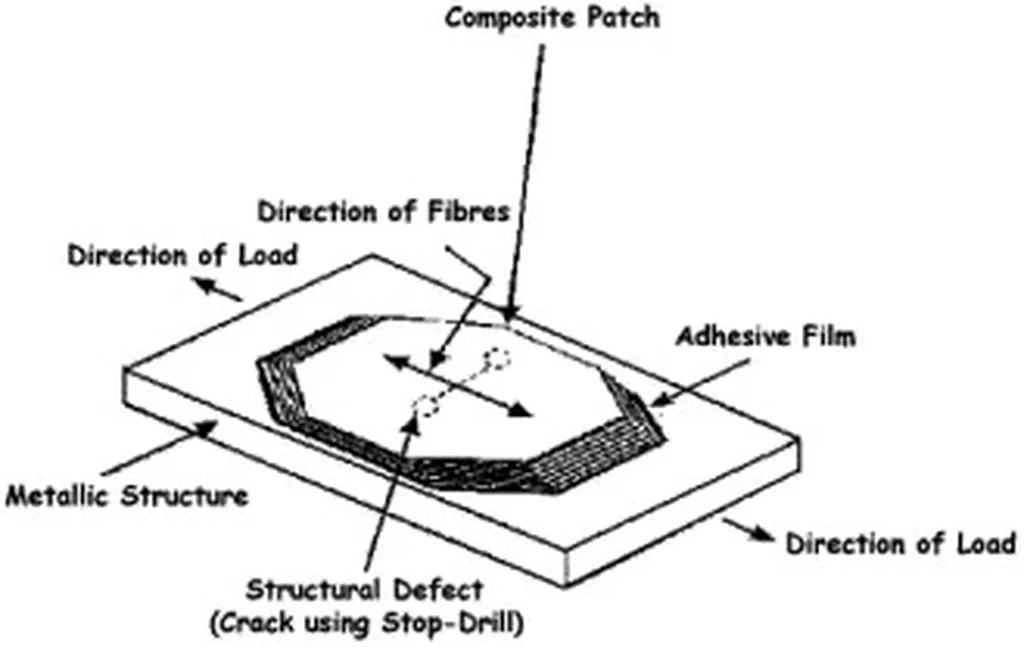In the world of composite materials, repairing damaged structures has always been a delicate balancing act. But a new study led by Volkan Arıkan from Osmaniye Korkut Ata University’s Department of Mechanical Engineering in Türkiye might just tip the scales in favor of more robust and efficient repairs, with significant implications for industries like aerospace, marine, and wind energy.
The research, published in *Materials Research Express* (which translates to *Materials Research Express* in English), introduces a novel hybrid patch repair (HPR) method for sandwich composite structures. These structures, characterized by their lightweight and high-strength properties, are widely used in critical applications where both strength and weight are paramount.
Arıkan and his team set out to address a persistent challenge in the repair of sandwich composites: the tendency for core failure under shear forces. Their solution? A strategic embedding of a carbon fiber layer beneath the foam core to redirect these forces and prevent catastrophic failure.
The results speak for themselves. In three-point bending tests, the HPR method showed a remarkable improvement in strength and deformation capacity compared to conventional patch repair (CPR). For specimens with a 35 mm damage diameter, the maximum load increased by 40.4% with HPR, and the deformation capacity more than doubled. “The hybrid reinforcement not only improves strength recovery but also significantly enhances energy absorption and delays failure,” Arıkan explained.
The study also validated these experimental findings through numerical simulations, using a finite element model that showed less than 4% deviation from the experimental results. This consistency underscores the reliability of the HPR method and its potential for real-world applications.
So, what does this mean for industries that rely on sandwich composite structures? For starters, it could lead to more durable and safer structures in aerospace, where weight and strength are critical. In the marine sector, it could enhance the longevity of vessels and offshore structures. And in wind energy, it could improve the reliability of turbine blades, reducing maintenance costs and downtime.
As Arıkan puts it, “This research presents a robust repair solution for critical sandwich composite structures, paving the way for more efficient and safer operations across various industries.”
The study’s findings are a testament to the power of innovative thinking in materials science. By challenging conventional repair methods and exploring hybrid reinforcement, Arıkan and his team have opened up new possibilities for enhancing the performance and longevity of composite structures. As industries continue to push the boundaries of what’s possible, such advancements will be crucial in shaping the future of engineering and design.

